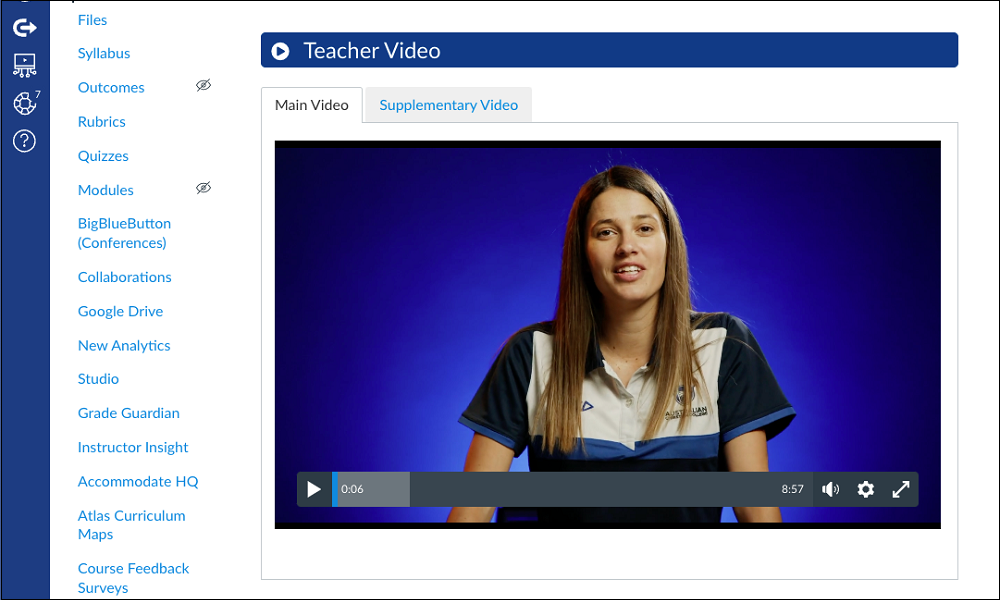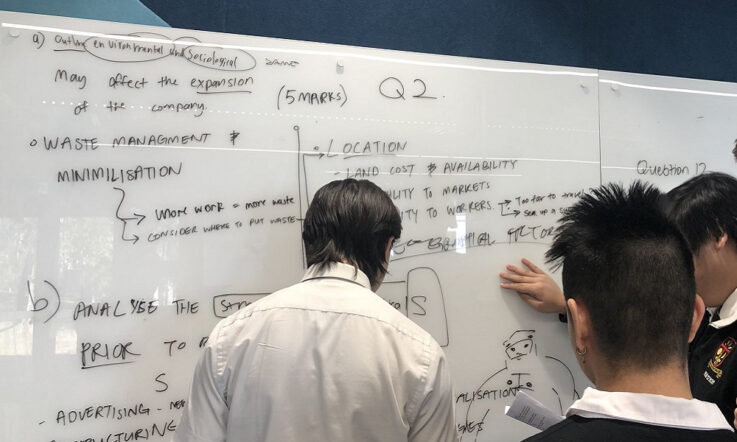A majority of teachers have now had experience with online learning thanks to the pandemic. At Teacher we’ve shared the stories of what school communities from across the country have learned in the past two years about remote teaching.
But, what can we learn from schools who were offering online learning modes long before COVID-19 restrictions? Australian Christian College (ACC) have had both online and face-to-face enrolment options since the school’s commencement in 2007. They now have campuses that offer full-time online learning in New South Wales, Queensland, Tasmania and Western Australia.
‘Every lesson that I teach and that our teachers teach is available both face-to-face and online … it’s one course with two modes … we’ve got the online school that use it and we’ve got the on-campus school that use it,’ Su Temlett, Head of Teaching and Learning at Australian Christian College’s Marsden Park Campus tells Teacher.
The online enrolment is made up of a range of students. ‘Students are coming to us with some sort of need,’ ACC Assistant CEO, Jeremy Kwok, says. ‘These are students who may be bullied at school, these are students who may be sick (physically sick or working through other social emotional issues). … Many of our students have anxiety related issues … we also have the classic remote student, you know, the student who doesn’t have access to good school options close to home.
‘We have students who would be in a gifted and talented category, so high performers in the Arts and in sports. And then a small proportion of our cohort are, you know, they’ve had a good experience maybe during the pandemic or the lockdown and suddenly they were seeing school in a different way. So, for them it was a lifestyle choice, it just works for their family. But the majority are students who are working through issues.’
Advantages of online learning
Aside from supporting students for whom accessing face-to-face learning is a challenge, an obvious benefit of the online course is that it is available for face-to-face students to access when they may be unexpectedly absent. But Kwok and Temlett say the advantages of having an online learning mode as an essential element of the curriculum is not just beneficial for students in this situation.
Access to a full suite of lessons is also beneficial for teachers. For example, a relief teacher can be handed the lesson of the day on the online learning platform where they’ll find a video of the lesson and all the learning activities described for them. This can be a valuable resource, particularly if it’s a lesson a teacher hasn’t taught before.
As well as this, Temlett shares the online course has acted as valuable professional development for teachers. As an English teacher, Temlett began filming the course videos late last year and shares that this is the best support she can give the multiple new English teachers beginning at the school in 2022.
‘They’re teaching say The Great Gatsby or Of Mice and Men and they’ve got 27 or 33 lessons, (whatever the length of the term is) set out for them, filmed for them, and if they’re unsure about any of them, they can do their own PD by watching them.’
Getting started on a permanent online offering
Temlett and Kwok say there are key elements to being successful in building an online learning offering at your school for the first time, and also to maintaining it.
‘You have to have a consensus as to what online learning looks like at your school. And then everybody has to buy in to the vision,’ Kwok reflects. ‘There needs to be a team effort and there needs to be broad consensus over how to improve.’
Temlett acknowledges that building an online learning course can seem overwhelming and staff may not know where to begin. One method is to implement a staged approach.
‘Have a short-term goal of having all of Year 7 courses built for next year. And then roll it out year on year, so that you’ve got that consistency – it’s not like a kid in Year 7 will have something and someone else in Year 9 and a bit in Year 10. It’s actually like we’re doing a phased approach and I think then, even though that’s going to be a longer roll out, it still means that you’ve started and then you’ll learn from the iterations as you go.’
She adds that, in her experience, an important step to take before getting started is to create a template. ‘Once you’ve got a template to fill in on the online courses, staff feel so much happier because it’s not a blank canvas. They can see “okay, it’s important we put our learning goals here” … and so the online template actually reinforces your pedagogical practice as well.’
For ACC, this approach continues to be a work in progress. ‘Trying to have it so it isn’t an additional thing, but it’s a foundational thing is I think where we’re sort of moving to now for online learning,’ Temlett shares . ‘And people realise more and more that it’s great to have complementary access to resources and access to something online.’
As a school leader, reflect on the online learning initiatives your own staff took during periods of remote learning over the past few years. Is there room to make some of these initiatives a permanent fixture at your school? How could this improve student outcomes?



